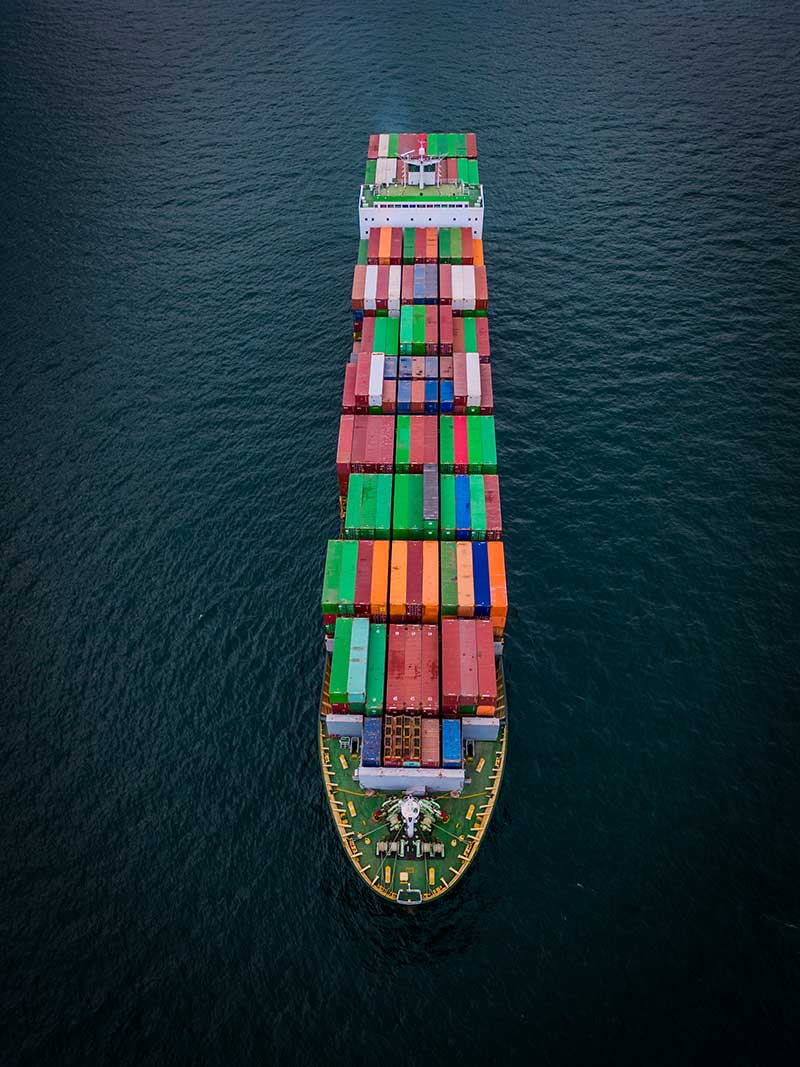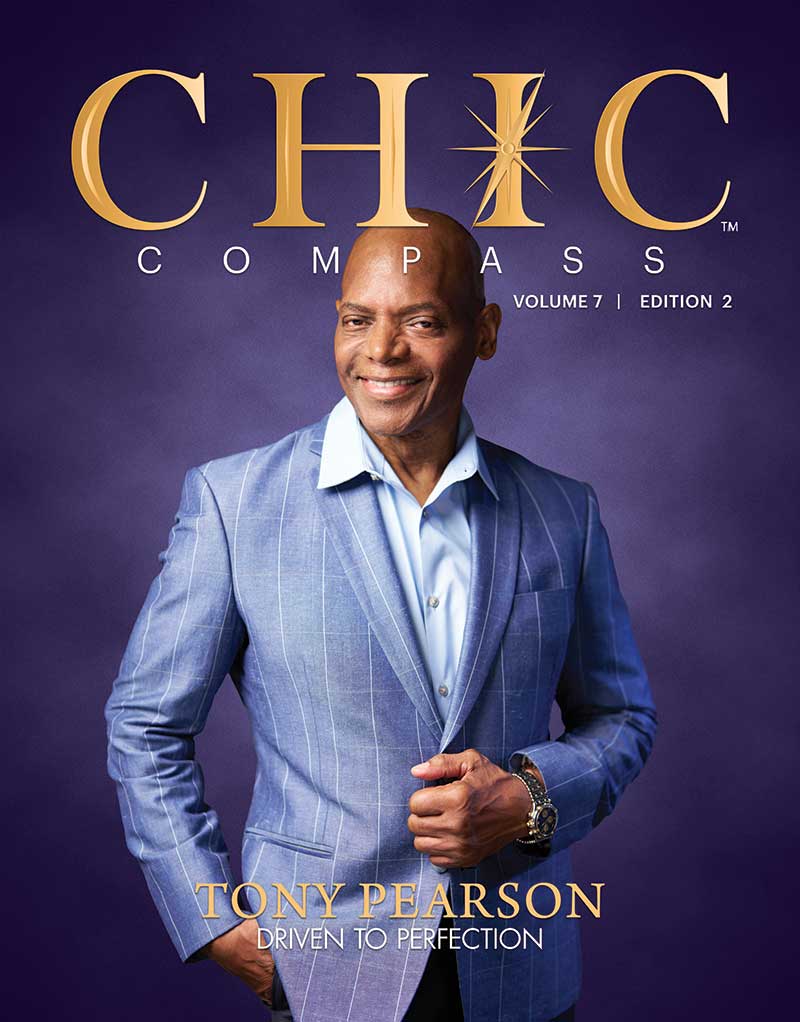The U.S. Tariff Strategy
Past, Present and Future
BY JOSEPH AMATO
The history of tariffs in the United States is a complex tale intertwined with the country’s economic development, politics and international relations.
Immediately after the Constitution was ratified, the first U.S. Congress passed the Tariff Act of 1789. Its primary purpose was to generate revenue for the new government and pay off war debts, but it also aimed to protect young U.S. industries from foreign competition.
Throughout the 19th century, tariffs became a tool of U.S. economic policy, with the debate often split between industrialists in the North—who favored high tariffs to protect nascent industries—and agricultural interests in the South and West, who opposed them because they raised the cost of imported goods. Just before the Civil War, the Morrill Tariff Act of 1861 significantly raised import duties to support the federal government and protect American industries—an effort that gained importance during the war.
The Revenue Act of 1913 lowered tariffs significantly and implemented a federal income tax to make up for lost revenue, reflecting a shift toward more liberal trade policies. The Smoot-Hawley Tariff Act of 1930, one of the most infamous tariff laws, raised U.S. tariffs to historically high levels. Many U.S. economists blame the legislation for worsening the Great Depression by stifling international trade and prompting retaliatory tariffs from other countries.
After World War II, the U.S. led efforts to reduce tariffs globally through the General Agreement on Tariffs and Trade (GATT) and later the World Trade Organization (WTO), recognizing that open trade was crucial for global economic recovery and growth.
The latter half of the 20th century saw a general trend toward lower tariffs and more free trade agreements, such as the North American Free Trade Agreement (NAFTA) in 1994. In recent years, however, there has been a resurgence of U.S. protectionist policies. Many foreign countries—such as China, Japan, Canada, Mexico and the European Union—have long imposed high tariffs on U.S.-made goods without major pushback. The Trump administration initiated a significant shift in U.S. trade policy by imposing tariffs on steel, aluminum and various products from China and other nations with trade imbalances. This sparked a series of trade disputes, market volatility and ongoing negotiations.
In the short term, tariffs almost certainly lead to higher prices for U.S. consumers on foreign-made goods, which can decrease consumption and reduce consumer surplus. Tariffs can also limit the variety of goods available to consumers. However, certain U.S. industries may benefit if tariffs reduce foreign competition, allowing local companies to increase production and potentially hire more domestic workers.
There are downsides for U.S. industries that rely on imported raw materials or components. If tariffs do not lead to negotiated settlements, they can increase production costs and reduce profitability. Tariffs may also hinder economic growth by reducing trade volumes and raising the cost of goods and services. In response, other countries might impose their own tariffs, potentially escalating into a trade war. This can worsen economic conditions, disrupt global supply chains and lead to higher prices.
Long-term tariffs might prompt countries to form new trade alliances and shift away from U.S. markets, potentially isolating the United States. Developing nations that depend on exports to the U.S. can be particularly vulnerable, risking economic instability as a result.
While tariffs are designed to protect domestic industries, they can also lead to higher consumer prices, inefficiencies and strained international relations. The overall impact depends on how tariffs are implemented, the products involved and how other nations respond.
The potential for the U.S. to be drawn into a trade war hinges on its specific policies and how other countries react. Trade wars often begin when one country’s tariffs trigger retaliatory measures, creating a cycle of escalating trade barriers. If the U.S. imposes tariffs to protect industries or counteract unfair trade practices—such as dumping, subsidies or intellectual property theft—affected nations may respond in kind.

Diplomatic relationships play a critical role in determining whether tariff disputes escalate. Strong communication channels can help nations resolve conflicts without retaliatory measures. Countries that rely heavily on U.S. markets may be more cautious in their responses, while the U.S. may hesitate to impose severe tariffs on nations it depends on for key imports.
In periods of global uncertainty, nations often become more protective of their industries, increasing the risk of tariff conflicts. Membership in trade organizations like the WTO can offer mechanisms for dispute resolution and penalties for noncompliance, helping to deter escalation.
In recent years, U.S. tariff policies—particularly under the Trump administration—prompted retaliation from countries like China, Canada and several European nations. This led to a notable escalation, especially between the U.S. and China. Sectors including agriculture, manufacturing and technology were hit hard.
Countries most affected by rising U.S. tariffs typically share key traits. Those that rely heavily on U.S. markets are particularly vulnerable, especially if they export products targeted by tariffs. Economies with less diversification face greater risks as they have fewer alternatives. Developing nations may also lack the resilience or negotiating power to respond effectively.
Nations with large trade surpluses—like China—have frequently been targeted. Due to deeply integrated supply chains under USMCA, U.S. allies such as Mexico and Canada feel the effects of policy shifts almost immediately. Germany and Japan, major exporters of automobiles and machinery, are also affected—despite some of their manufacturing occurring in the U.S. Nations like Vietnam and Bangladesh have grown their exports to the U.S., especially in textiles and electronics, but they also face significant risk from targeted tariffs. These dynamics underscore the interconnected nature of global trade, where U.S. policy decisions can ripple across international markets.
Tariffs should be used selectively to protect strategically important U.S. industries vulnerable to unfair practices. Ideally, they should be temporary and serve as bargaining tools to create a level playing field. While international trade agreements offer a framework, they are not always reliable—they are often subject to political influence or institutional bias. Tariff policies should be regularly assessed to avoid long-term negative effects like trade wars or sustained inflation. A thoughtful, strategic approach can maximize benefits while minimizing harm.
Several recent statistics help illustrate the real-world impact of U.S. tariffs. Since 2018, the U.S. has imposed tariffs on about $360 billion of Chinese imports. In response, China applied tariffs on roughly $110 billion in U.S. goods. Trade volumes between the two countries declined significantly, but the overall U.S. trade deficit did not shrink—imports shifted to other countries instead of boosting domestic production.
As a result, U.S. imports from nations like Vietnam, Mexico and Bangladesh rose. According to the Federal Reserve Bank of New York, tariffs on China cost the average U.S. household more than $800 annually, primarily due to increased prices on electronics and apparel. U.S. agriculture was hit hard by retaliatory tariffs. China targeted major exports like soybeans and pork, leading to a sharp drop in trade and prompting the U.S. government to allocate about $28 billion in subsidies to support farmers in 2018 and 2019. According to the United Nations Conference on Trade and Development, the trade war reduced GDP in both the U.S. and China and rerouted roughly $21 billion in trade to other countries in 2019. Overall, tariffs can serve strategic goals but often have far-reaching consequences: disrupted supply chains, higher consumer prices and slowed economic growth.
In 2025, we may witness a tariff-influenced economy’s strengths and weaknesses. The current administration has not hesitated to expand tariffs to correct longstanding trade imbalances. While the strategy may yield a more balanced global trading system, it also introduces uncertainty. Markets appear to be bracing for turmoil, but the administration is betting that this bold approach will yield results. Some countries have already started rolling back their own tariffs and returning to the negotiating table. Time will tell whether this gamble pays off—or backfires. We may find out in the coming months whether the current tariff strategy is an economic masterstroke or a misstep.



Leave A Comment